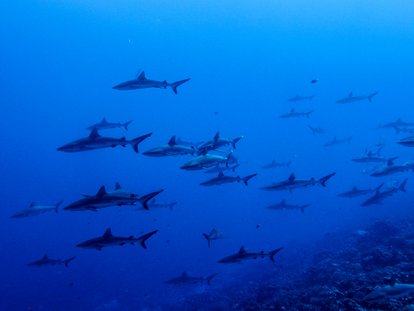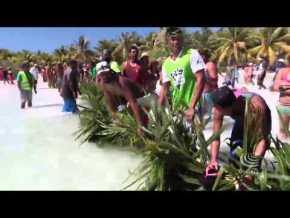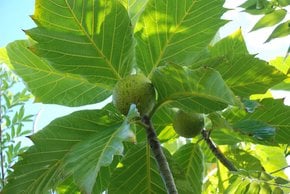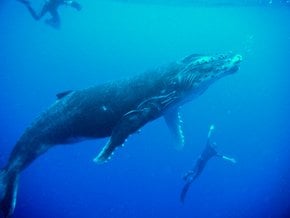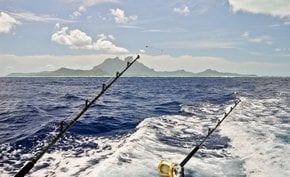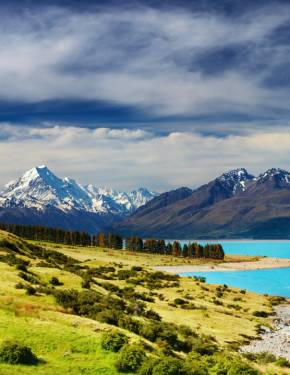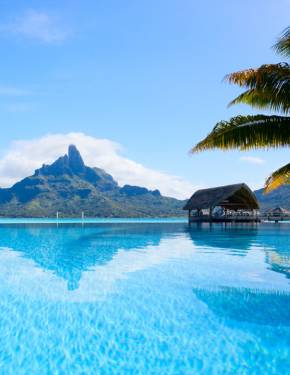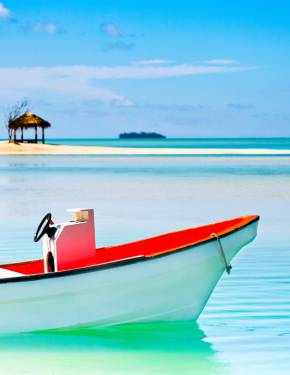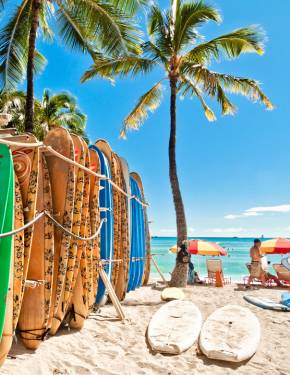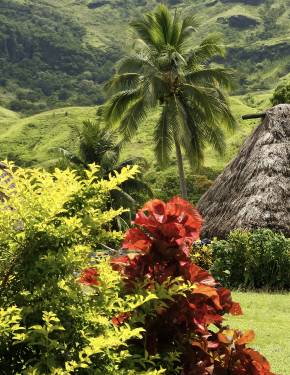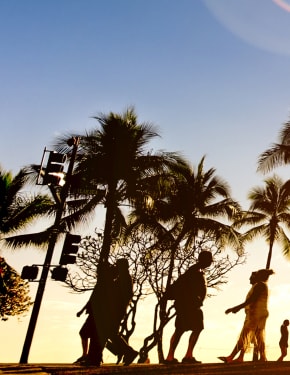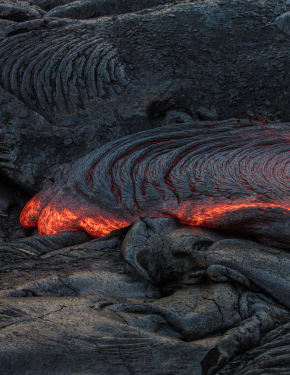Wall of Sharks in French Polynesia 2026
With the full moon shining over the very heart of the Pacific, thousands of spawning groupers are enclosed by hundreds of hungry predators
Best time: Full moon in July
Diving enthusiasts and nature lovers flock to French Polynesia for an unforgettable underwater spectacle: the "Wall of Sharks." Located in the Fakarava Atoll, part of the Tuamotu Archipelago and a UNESCO biosphere reserve, this unique phenomenon brings together hundreds of sharks, creating a breathtaking sight in the deep blue waters. This experience offers a close look at some of the ocean’s most fascinating predators, and according to various diving reports, it's one of the most remarkable diving experiences available.
What You Can Observe
The “Wall of Sharks” is not just a metaphor. Divers visiting the southern pass of Fakarava, particularly near Tetamanu village, are confronted with an astonishing number of sharks, often forming what looks like an impenetrable barrier. Most commonly, you will see grey reef sharks, blacktip reef sharks, and whitetip sharks. As the sharks drift in the current, they appear almost motionless, creating a mesmerizing and slightly eerie scene. Observing such large groups of sharks in one place is rare, making this an essential dive for those passionate about marine life.
Best Time to Visit
While sharks can be seen in Fakarava year-round, the best time to witness the largest gatherings is during the groupers' spawning season, which occurs around the full moon in July. This natural event attracts an even greater number of predators due to the abundance of food. The number of sharks you’ll see depends on the tidal currents, which influence their behavior. Divers often recommend descending into the pass during incoming tides, when the sharks gather in greater numbers. Although there are no current forecasts available for shark activity and diving conditions, it is recommended to visit local websites, such as Tahiti Tourism, for updates.
Location and Tours
Fakarava Atoll is located in the Tuamotu Archipelago, about an hour’s boat ride from the main village of Rotoava to Tetamanu, where the southern pass is situated. Several diving operators in Fakarava organize trips to the Wall of Sharks, offering half-day or full-day excursions. These diving tours typically cost between $100 and $250, depending on the package, which usually includes transportation, diving gear, and guides.
The island offers basic accommodation options in Tetamanu, ranging from guesthouses to campsites. Rotoava village also has several eateries and small shops for essential supplies. Nearby attractions include beautiful coral gardens and pristine beaches, which make the trip even more worthwhile for non-divers.
Shark Safety and Etiquette
Although grey reef sharks and other species in Fakarava are not aggressive toward humans, it is essential to follow specific guidelines to ensure both your safety and that of the sharks. Fakarava sharks are not vegetarians, though they also don't eat people, so feel safe and free to observe them from every possible angle. Divers are advised to maintain a respectful distance. Always listen to your dive guide, stay within sight of them, and use established signals for communication. Continuously scan your surroundings and make eye contact with sharks to show you're aware of them. Stay calm, breathe slowly, and keep your hands close to your body. Stick with your group, pointing out sharks they may not see. Avoid chasing or touching the sharks, and respect their space to ensure a safe, enjoyable dive.
Shark Species and Marine Life
Fakarava is home to over 16 species of sharks, including the commonly sighted grey reef sharks, blacktip reef sharks, and lemon sharks. These species are essential to the local ecosystem, helping maintain the health and balance of marine life. Sharks in this region, especially grey reef sharks, use the current to conserve energy during the day and hunt primarily at night. The waters also teem with other marine creatures, such as manta rays, dolphins, and a variety of colorful fish like triggerfish and parrotfish.
Nearby Attractions and Conservation Efforts
Aside from the Wall of Sharks, visitors to Fakarava can explore the coral gardens near the southern pass, with their stunning displays of blue, mauve, and orange corals. The atoll’s ecosystem is part of an ongoing conservation effort in French Polynesia. Since 2006, sharks have been protected in these waters, and the atoll itself forms part of a massive marine protected area, covering over 1.7 million square kilometers. Organizations like the Pew Charitable Trusts continue to support these efforts to safeguard marine life and preserve the biodiversity of this UNESCO site.

